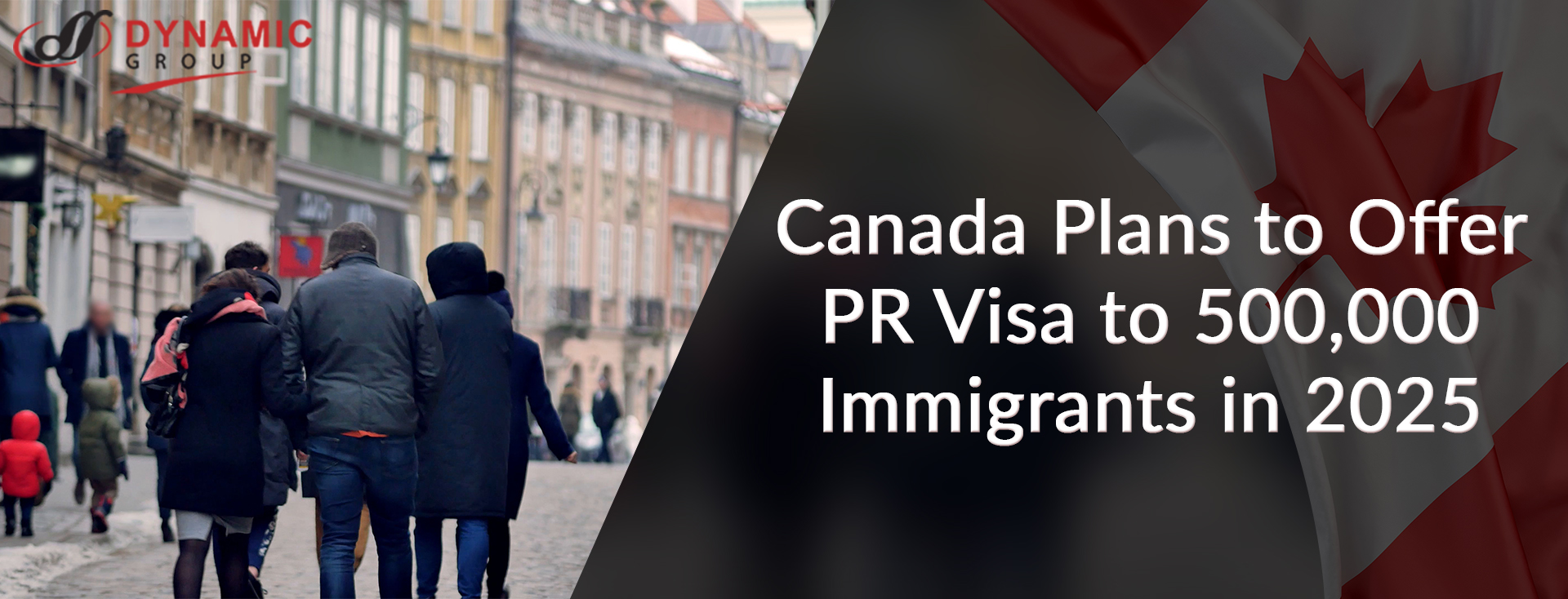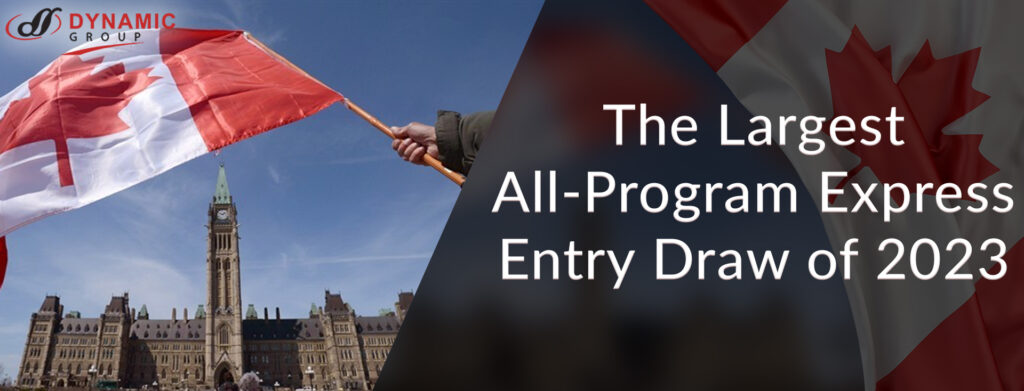Canada has always been a top-notch country to immigrate to. Plenty of benefits are offered by the Canadian government to its permanent residents. The dominating benefits are the emerging economy, high-paying jobs, free healthcare system, high quality of life, etc. therefore, people prefer to get a Canadian PR visa to any other country.
Canada has been working to streamline its immigration process for Canadian PR. People across the globe opt for Canada permanent residence visas as a priority over other countries. The IRCC is inviting people in a hefty amount from across the globe after the pandemic. There are numerous reasons that contribute to inviting people substantially-
- The population is aging rapidly.
- The birth rate in Canada remains very low.
- There are thousands of Canadian jobs vacant in various provinces and territories.
Therefore, Canada is offering “Canada PR visas” on a large scale. Recently, Canada launched its immigration level plan for 2023-2025. This immigration plan helps to know how many immigrants Canada is planning to invite from 2023 to 2025.
- Canada is planning to welcome 465,000 new immigrants in the year 2023.
- On the other hand, the Canadian PR will be issued to 485,000 candidates in 2025.
- The plan for 2025 reaching to 500,000 in the aspect of issuing PR to immigrants.
Canada has been breaking its record for inviting immigrants since 2021. In the year 2021, Canada offered PR to 405,000 candidates. While the number for the year 2022 increased by 27000. This year Canada is actively looking to invite 432,000 new immigrants.
Immigration through Express Entry and PNP going to increase-
Most People immigrate to Canada through express entry and PNP. These two are the prominent and easily accessible ways to immigrate to Canada in a short span. There are majorly fours economic program that comes under the express entry system. You must be eligible for at least for 1 economic program to get a Canadian PR visa.
Accepting the candidate through the express entry system will be increased in the upcoming years, for instance-
- In the year 2023, 82,800
- 109,020 in 2024 and
- 114,000 in 2025
In contrast, the PNP will continue as an important admission program for economic-class immigrants. Although, the numbers will be increasing each year from 2023 to 2025-
- 105,500 in 2023
- 110,000 in 2024
- 117,500 in 2025
Increased in numbers for PGP admission-
There are several people in Canada living without their families and encountering homesickness on a daily basis. It seems a little challenging to survive in a different nation without your family. However, IRCC is going to make it easier for you to invite your family to Canada. As per the reports, IRCC is contemplating reuniting the families. Family class sponsorship comes out as the second largest after economic class programs. Family class immigration assists you to sponsor your partner, spouse, and other family members to get Canadian PR.
Canada will be offering PR to 80,000 applicants under the spouse, partner, and children program. Additionally, the numbers for the parents and grandparents program will also be taking a toll for three consecutive years-
- 28,500 in 2023
- 34,000 in 2024
- 36,000 in 2025
Immigration strategy of Canada-
The current strategy of Canada regarding immigration policies began to take its modern form in the early 1980s. In the decade of 1980s, the government authorities were not taking account of the necessities of the distant future. The policies were completely based on recent economic necessities.
Nearly hundred thousand new immigrants were welcomed in the year 1984. In the decade of 1990s, the conservative government in Canada diagnosed a shortage in the workforce. This acknowledgment of the labor shortage compelled the Canadian government to accept around 250000 new immigrants as permanent residents in a span of around eight years.
In the decade 2000 because of the economic recession, the Canadian government under the rule of the Liberal party relied on the same targets set by the conservative party. The government also began to invite new immigrants who belong to the middle class. As a consequence, the humanitarian class sharing of Canadian families was reduced.
Until 2015, when the current liberal party assumed charge of the Canadian government, Canada kept inducting around 260,000 new immigrants annually. Before the COVID-19 pandemic took place in 2020, the Canadian government further increased its target of welcoming new immigrants to the first 300,000 and later 340,000.
Since the pandemic, the borders were closed across the globe, this restriction made the acquisition process of IRSS critically difficult to process the applications. Despite the restrictions and challenges, the Canadian government set a record of welcoming around 405,000 new permanent residents in the year 2021. These huge targets are obtained by the allocations of spots via PNPs that is provincial nomination programs and Canadian experience class programs.
Canada has around one million job vacancies and a shorter labor force to fill those vacancies. Along with the labor shortages, the birth rate in Canada is also low. It has been recorded to remain around 1.4 children for the rest of the decade. This birth rate ranks among one of the lowest across the globe.
Even though the birth rate t exceeds the annual death rate, Canada is unable to fulfill its labor shortages. Immigration remains the only way for the Canadian government to bridge the gap between jobs and labor available. Welcoming the new citizens will also accelerate the population growth of Canada. Adding immigrants to the Canadian population adds the number of taxpayers in the Canadian economy which drives its economy and helps to provide essential humanitarian services like free education and free healthcare services.
Canada ranks among the few countries with a significant portion of its old population. It has been estimated that around nine million people are set to retire by 2030. This number makes up about a quarter of the Canadian population. This figure will further worsen the situation of labor shortage across the country.
Immigration and Refugee Protection Act (IRPA) has recommended that the Canadian government should announce its immigration-level plans for the year by the 1st November of year. However, it is worth noticing that the immigration level plan of 2022-2024 was the second one that was announced in the year 2022. The first plan was announced in the month of February. This happened because of the scheduled federal elections that were held on September 20, 2021. The process of election delayed the announcement.





